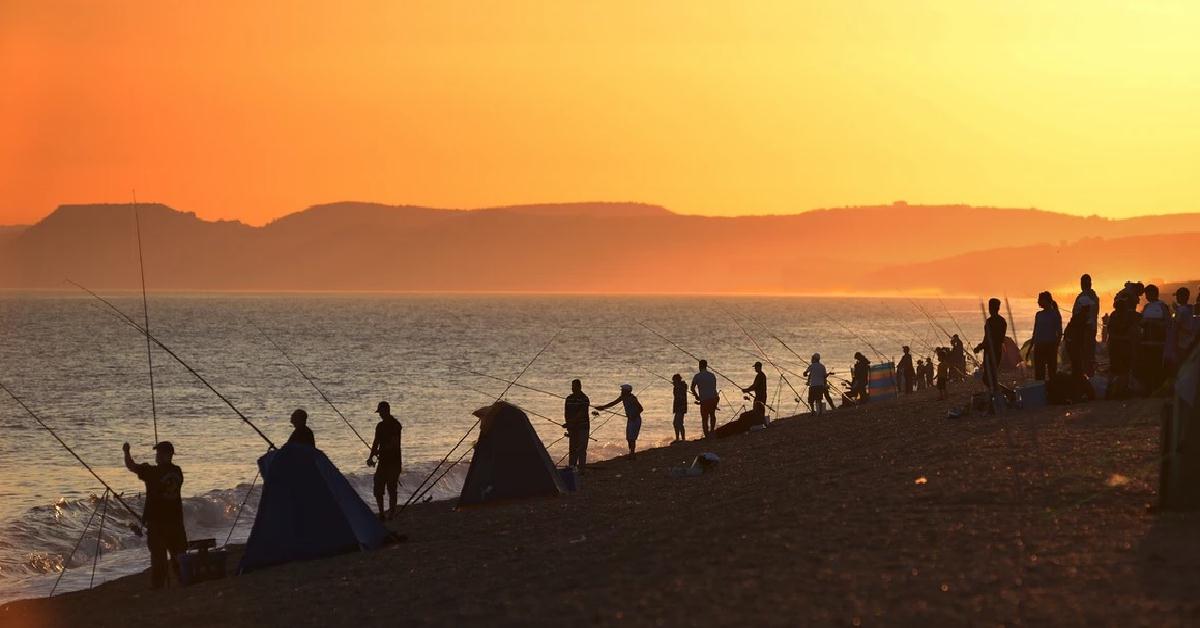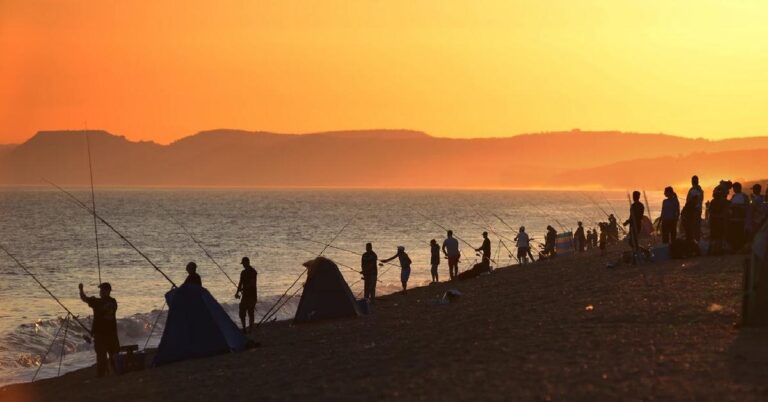
Beach Thorncombe 1 hr agoUser ID: 3639177
SHUSH! ! Its our little secret …
As we drive to the top of Abbotsbury Hill, (leaving the idyllic cartoon like hamlet of Abbotsbury behind), make sure you tell NO ONE about the stunning jewel like backdrop of Lyme Bay, the iconic Chesil beach, the unique Fleet Lagoon and the haunting vision of the 14th century St Catherine’s Chapel reflected in your mirrors and don’t dare tell anyone as you pass a spectacular lozenge shaped Abbotsbury hillfort, it being a 3000 year old iron age fortified citadel that looks out and across the complete topographical masterpiece that is our coastal West Dorset itself.
And say nothing as, on your left, a shimmering glass smooth ocean blinds you as you pass an ancient prehistoric dew pond before the road drops you down to a patchwork quilt of fields, once the site of an Anglo-Romano villa farmstead and location of at least one though possibly two Roman coin hoards discovered in the rich dark ploughed soil at the end of the last century.
And from this same vantage point as you drive, glance left again and spy the beaches of Bexington and Swyre (AKA Cogden) where, on very rare occasions, (maybe just once a decade), winter storms steal and scour all loose shingle from the beach, leaving only polished smooth rock or layers of blue lias with cracks so placed as to attract angler’s lead weights, holiday maker’s gold jewellery or the final resting place of 2000 year old coins, brooches and artifacts from the previously mentioned nearby Anglo-Romano dwelling. (Gather this bounty while you can because, by the next tide, such treasures will be tucked up and dozing under a shingle made quilt, put beyond human reach for another decade or so).
The above, archaeologically incomplete, description I’ve briefly revealed covers just one mile (or 2%) of the 53 miles the AA regards as the most popular road trip in the UK and, while I can’t account for the other 50 odd miles, I could easily carry on relating and reading our ancient largely untouched prehistoric landscapes from Abbotsbury hill to the border where Dorset gives way to Devon at Lyme Regis, describing, photographing or visiting fantastic bronze age, iron age and medieval landmarks just about all the time and all the way.
What other county in the UK can offer such a spectacular treasure when it comes to actually being able to read several thousand years of human progress, (from hunter-gatherer to modern man / woman) right there in the landscape?
Fun fact.
Talking of Chesil beach itself, did you realise that Chesil beach is actually a really new and recent manifestation of our Dorset coastline? It only materialised around 10,000 – 20,000 years ago as the end of the Ice Age saw massive sea level rises and pushed sand and gravel to form our famous tombolo’ shingle barrier miracle! 🙂
Fun fact 2.
Well. Can’t call it an actual fact because it was just something that a younger Beach swotted up a couple of decades ago but … apparently, allegedly, according to some … prior to the big melt of the Ice Age 10,000 – 20,000 years ago, the previous shoreline, say, 25,000 years ago, was located ‘offshore’ from its current location being level with the top of Portland. E.g. Pulpit Rock and the Lighthouse today. That would put the ancient prior shoreline approx 2.75 miles South of Chesil beach today.
Fun fact 3.
And about a half million years before that, the place we know as the English Channel was, instead, an absolutely massive wide prehistoric freshwater river and, although no-one has ever been able to tell me, (and I’d love you to do so if you know), I’ve always assumed / guessed that the ENORMOUS impossible to comprehend volume of stones, gravel, shingle, etc, that makes up today’s Chesil Beach barrier must have (originally) come from (or been sourced by) the crazy amounts of bedrock and gravel that that original massive prehistoric river bed must have put down prior over millions of years. Are there any geologists present here willing to finesse / correct or elaborate on any of the above cos I’d love to get an ‘official’ answer to this fascinating tale. (Fascinating to me, anyway) 🙂



